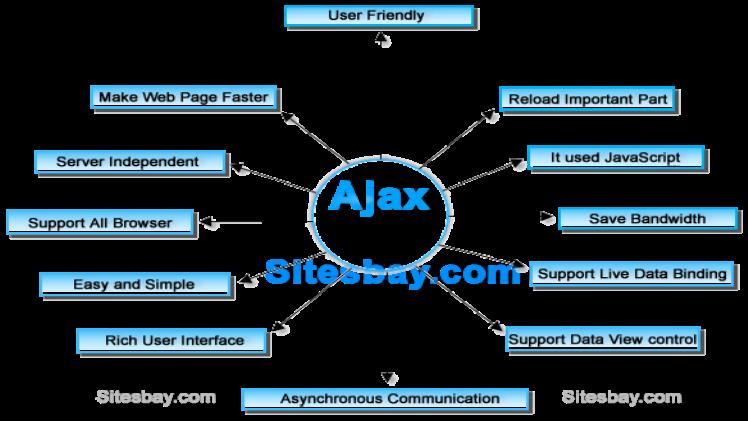What Is Ajax and How Can It Benefit Your Website?

Ajax is a collection of web development techniques that make use of various web technologies on the client side to create asynchronous web applications. With Ajax, data can be sent and received asynchronously without interrupting the flow of an existing page. For example, you could use Ajax to update a page with new information, or add a new image or video to a video gallery. But what is Ajax and how can it benefit your website?
The term “Ajax” is an acronym for “Asynchronous JavaScript and XML.” The “asynchronous” part refers to the fact that multiple events are taking place simultaneously, instead of sequentially. This means that clients don’t need to wait for a response before they can keep using the web application. Instead, they can process and receive the response while the request is being processed by the server. In a nutshell, Ajax has two main components:
The main advantages of Ajax are speed and user-friendliness. Traditional web pages would take longer to get data from a server, and even small changes to the page would require a page reload. Ajax has the most advantages for forms, as it validates data instantly. Additionally, it uses a callback, which decreases network usage. Because of these benefits, Ajax enabled applications are faster, more responsive, and user-friendly.
Ajax can also be used to provide auto-completion in search fields. The auto-complete feature uses an object called XMLHttpRequest that asynchronously passes requests and responses between the client and server. An Ajax-enabled form can be dragged and dropped using the mouse. The same concept is used in Yahoo maps. In fact, ajax-based map makes it easier to navigate and more fun for the user.


